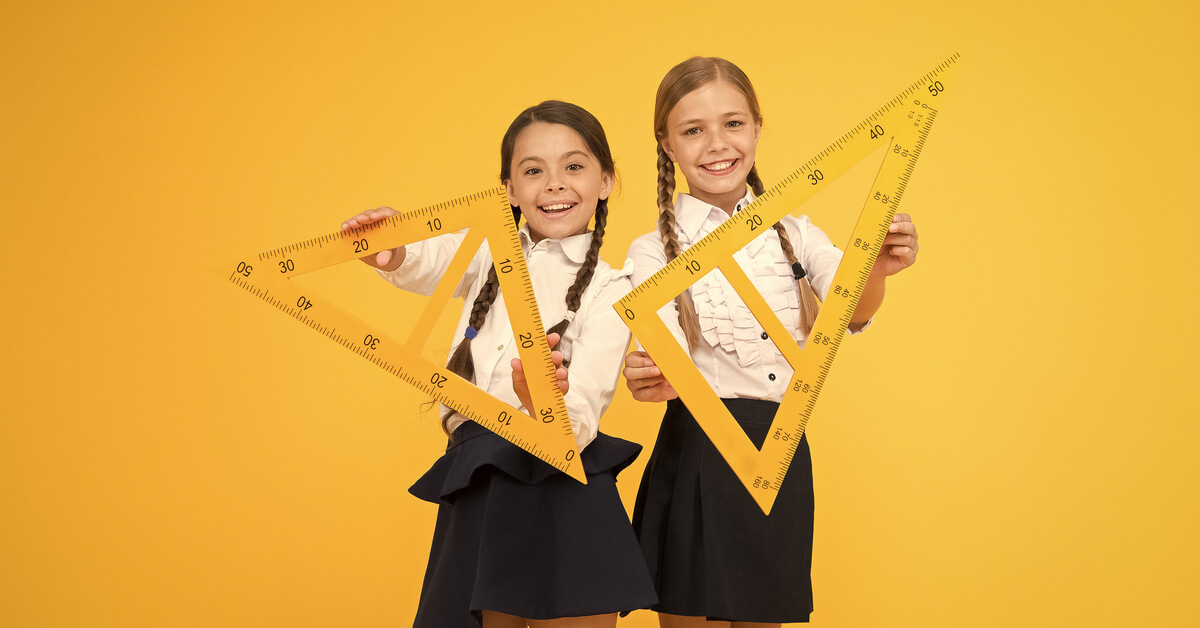“I don’t like dealing with all the social and emotional drama of middle school,” a first-year teacher vented to me 20 years ago. “I just want to teach science!”
“I hear you,” I told him. “But think of it this way: you aren’t teaching science, you are teaching kids. If we spend time meeting their social and emotional needs, they will be better science students. It’s really hard to focus on the periodic table when your stress response is on high alert.”
Since that time, the term SEL has become a much more ubiquitous part of schools’ language, programs, and teacher training. That said, there are a lot of educational acronyms out there, and parents can’t be expected to know them all! So here’s a quick primer on what schools mean by Social and Emotional Learning.
Good schools recognize that kids bring their whole, complex selves to the classroom. A child’s background, culture, emotional development, and relationship skills will influence how they interact with others, how they perceive themselves, and how they learn. Social and emotional learning is designed to help kids become better at recognizing, expressing, and regulating their emotions — and this, in turn, helps them build…

